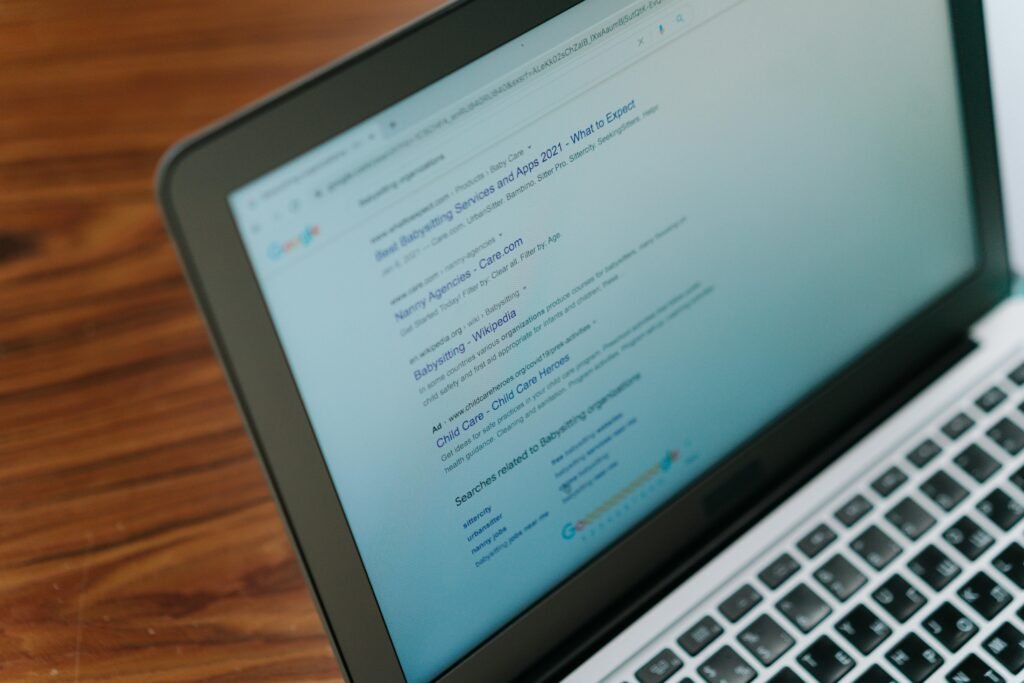
Ever wondered why some websites just click with you? You knew where to click, what to read, and before you knew it, you’ve signed up or made a purchase.
That seamless experience isn’t just good design—it’s smart psychology at work.
At its core, a high-converting website isn’t just about looking pretty. It’s about understanding how people think, feel, and behave online. When you design with human psychology in mind, you’re not guessing what users want—you’re guiding them intuitively toward what you want them to do.
First Impressions: The 50-Millisecond Rule
Let’s start with the make-or-break: first impressions. Studies show people form an opinion about a website in as little as 50 milliseconds. That blink-fast reaction means your layout, branding, and visual clarity need to communicate trust and professionalism immediately.
From there, visual hierarchy takes over. Our brains naturally scan pages in patterns, so smart design uses size, color, and placement to direct attention—making important things like headlines and call-to-actions (CTAs) stand out.
Then there’s color psychology. Blue often signals trust, red creates urgency, and green suggests growth or calm. Your color palette can subtly steer emotions and boost user confidence.
Cognitive Biases: Leveraging Mental Shortcuts
Another trick? Cognitive biases. These are mental shortcuts users rely on. Social proof (like testimonials) builds credibility. Scarcity (“Only 3 left!”) sparks urgency. Anchoring (showing a premium option first) makes other offers feel like better deals.
Ensuring Ease of Use
But none of these works without simplicity. That’s where processing fluency comes in—the easier a site is to navigate and understand, the more users trust it. Clear menus, fast load times, and mobile-friendly layouts go a long way.
And let’s not forget trust signals. People won’t convert if they don’t feel safe. Displaying contact info, security badges, and clear policies shows you’re legitimate.
Finally, your CTA—the action you want users to take—should be bold, clear, and enticing. “Get Started,” “Try It Free,” or “See Demo” are small prompts that make a big impact.
Conclusion
In the end, great website design isn’t just visual—it’s psychological. By aligning your design with how people think and feel, you create a smoother experience that naturally leads to more clicks, signups, and sales.

